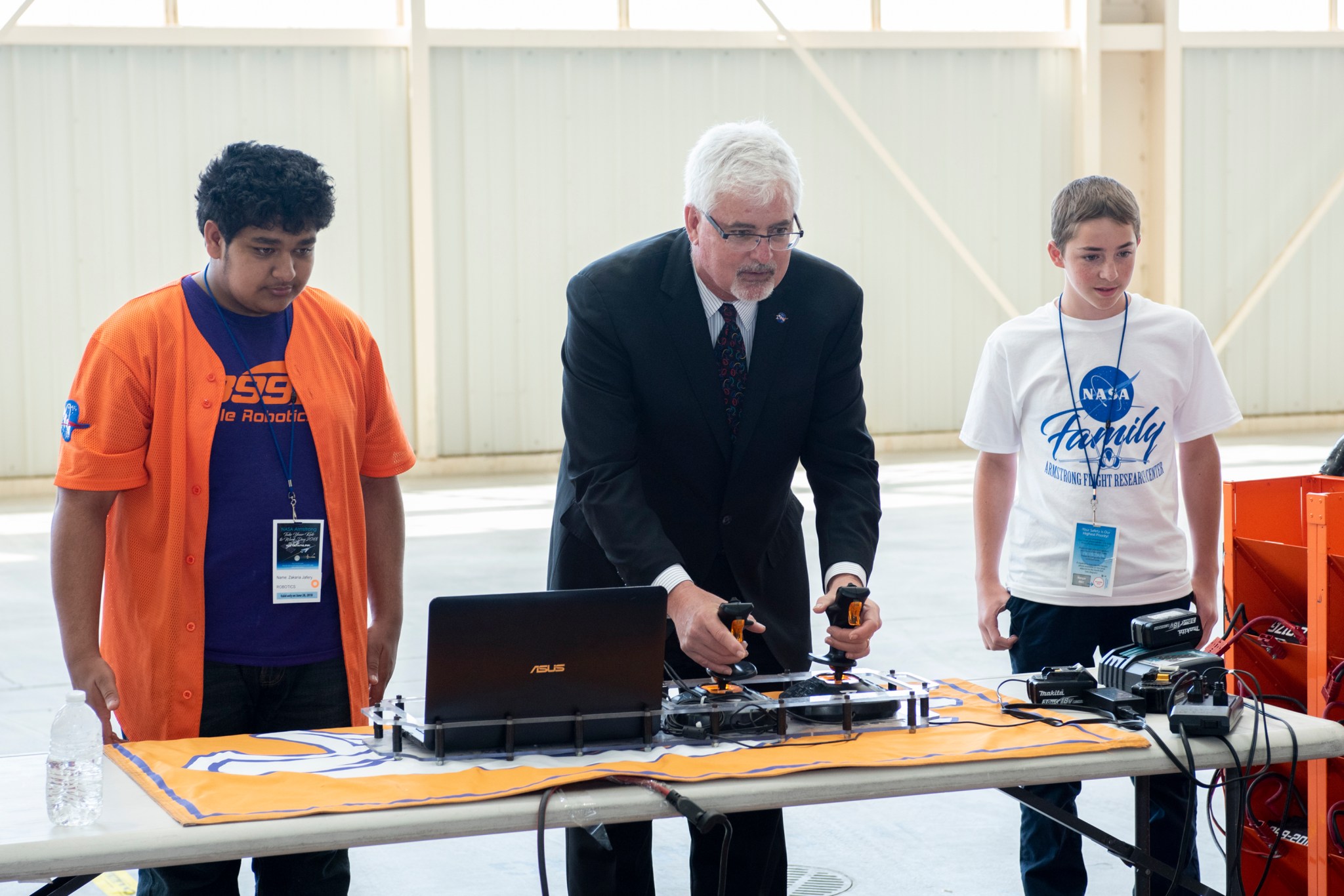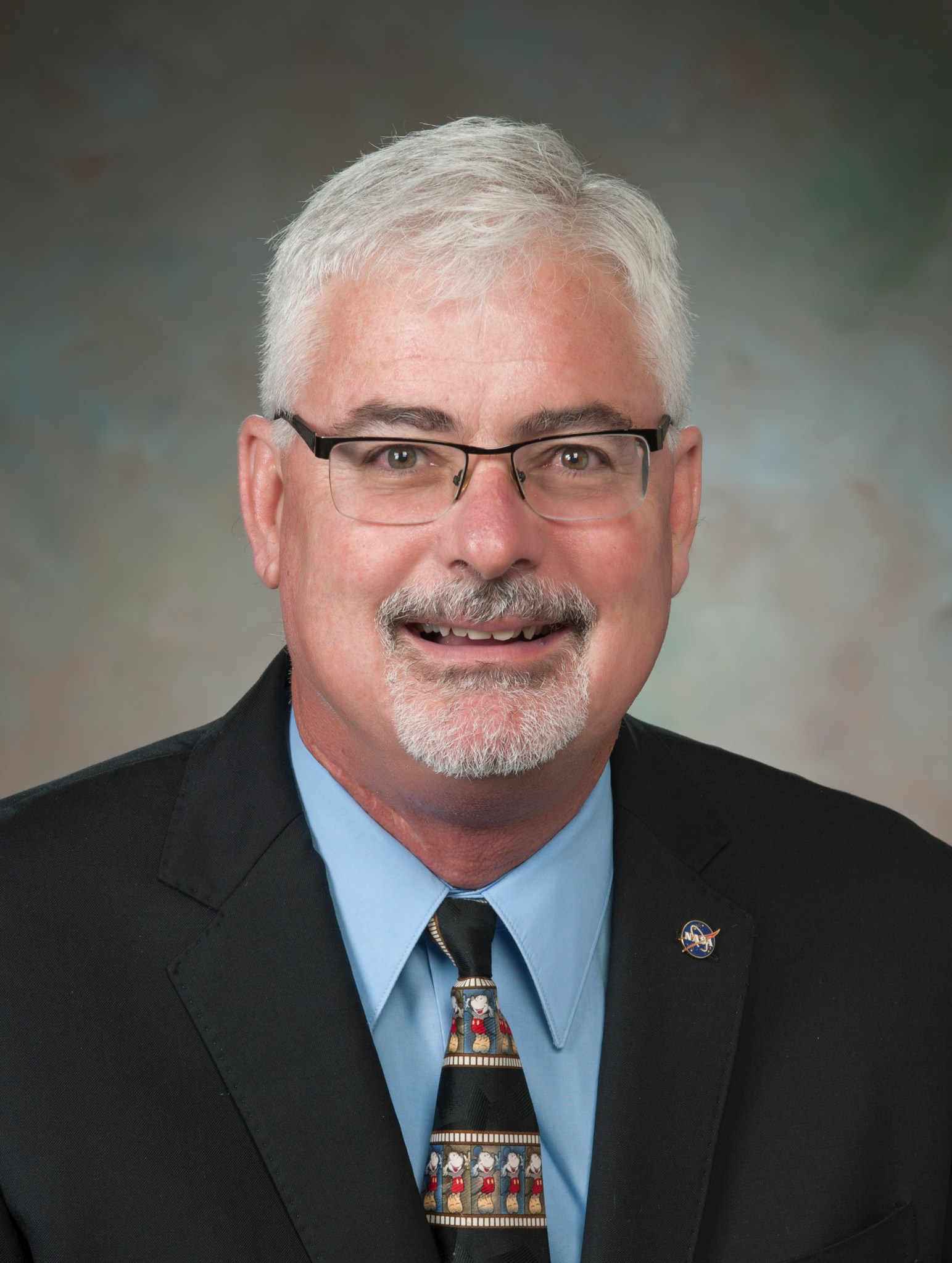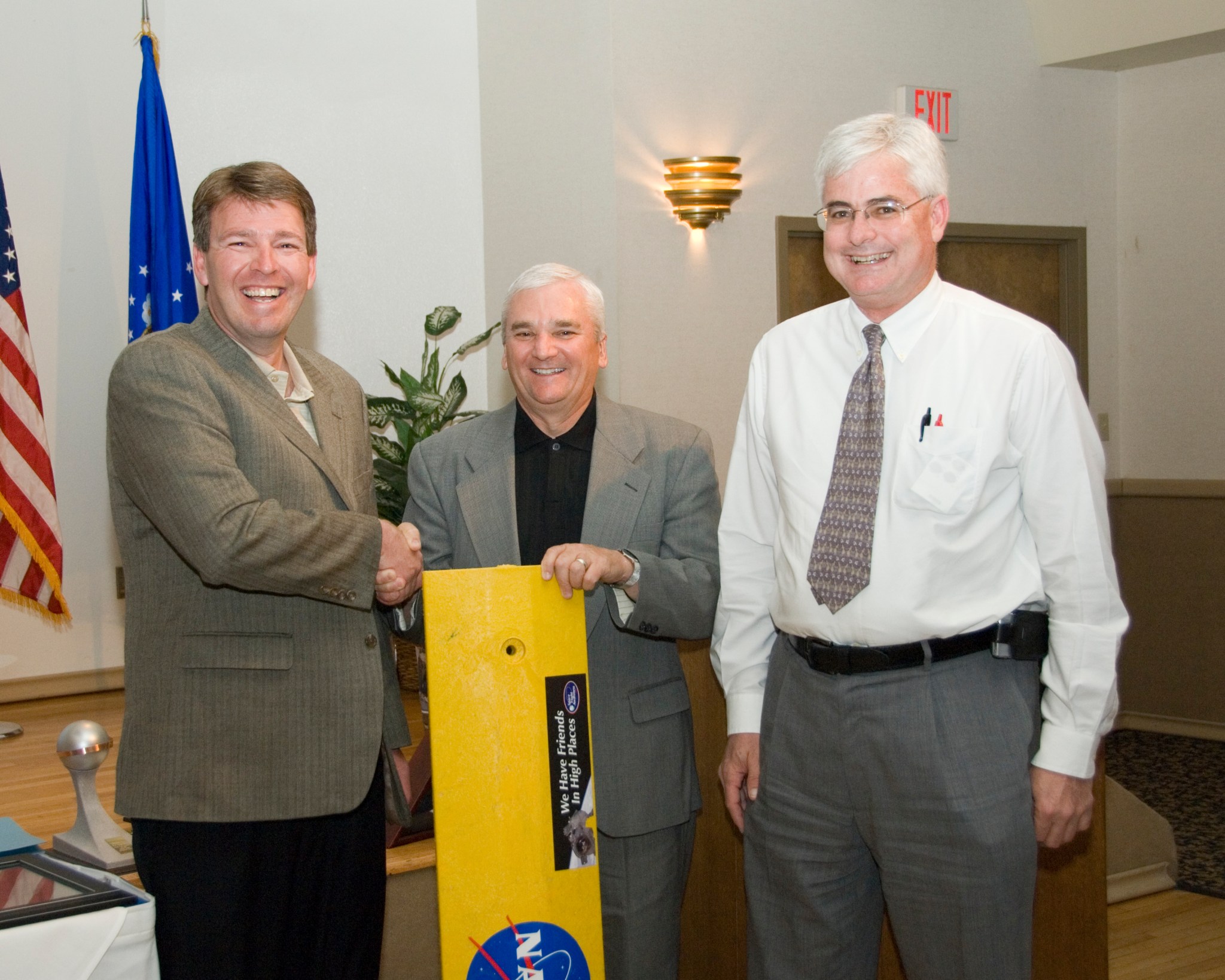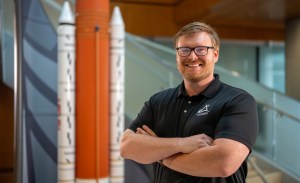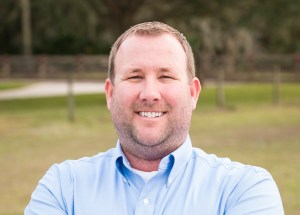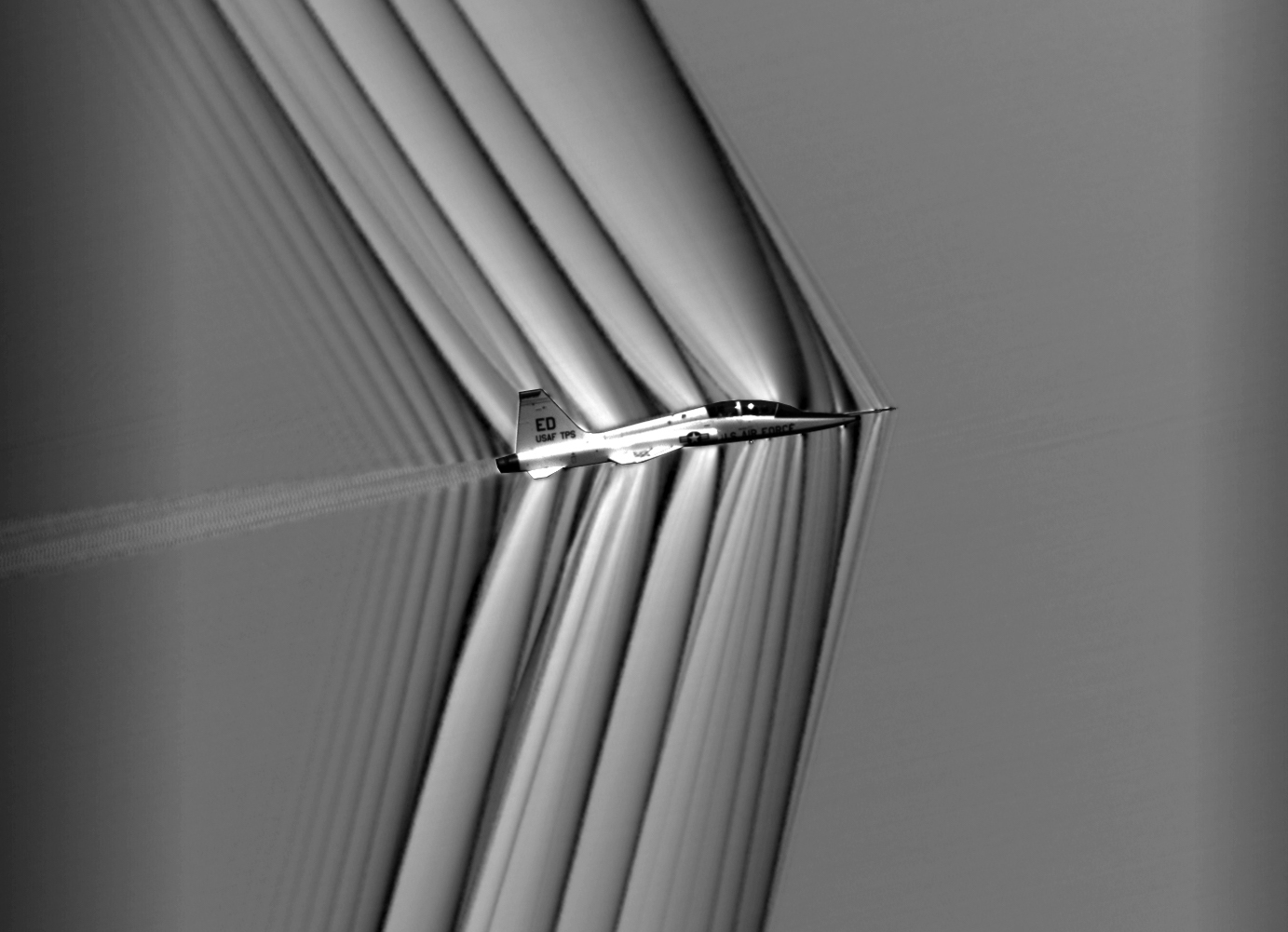Patrick Stoliker, NASA’s Armstrong Flight Research Center’s Deputy Director, is retiring Feb. 18. He had a 30-year career as an engineer and manager at the center located in Edwards, California.
Stoliker takes with him a career of great memories and partnerships.
One highlight was when he worked as a lead flight controls engineer on the X-31A Enhanced Fighter Maneuverability project, during close-in-combat evaluations of the quasi-tailless experimental aircraft.
“I liked hanging out with the X-31 crew,” Stoliker recalled. “During the Paris Air Show deployment, I helped bring equipment to the airplane and I helped them set up. Mike Bondy was crew chief and he let me pull the remove before flight flags (called red tag items) on the hydrazine system and the landing gear. Later, he let me give the hand signals to marshal the airplane in for German pilot Quiran Kim.”
However, there were challenges getting to the air show. The first X-31 aircraft was lost in an accident on Jan. 19, 1995. The investigation indicated the crash resulted from ice accumulation in the nose boom, which was not heated. That led to incorrect data reaching flight computers. The result was an uncontrollable aircraft. The incident is detailed in the “Breaking the Chain” book, followed by presentations to amplify the flight safety messages.
“In retrospect we had the data,” Stoliker said. “We could have used it to prevent a crash and I have continued to carry the memory of that event.”
A completely different challenge took him out of his comfort zone.
“With the Integrated Financial Management System, the agency was moving towards one system for all the centers, there was a challenge finding a replacement program manager,” he recalled. “I stepped up, even though I had taken just a single accounting class for engineers in college. It touched more than just accounting, as it crossed over into finance, acquisition, human resources, and budget.”
He had to take a different approach to the financial environment than he did as an engineer. He talked to individuals and learned a lot about the center’s mission support teams. One of the highlights for Stoliker was taking his new team to fly in the simulators on a team building trip to understand the impact of its work on the center’s mission.
A hallmark of Stoliker’s career is his communication skills, which he credits from his mentors in his early career in the aerospace industry where open communication was stressed. As deputy director, he established an informal way for employees to bring up questions called Popcorn with Pat. He also communicates weekly the latest news and recognizes exceptional center staff in his Status by Stoliker emails.
“The more you establish relationships, the easier it is to accomplish the mission,” he said. “Even when situations are tense.”
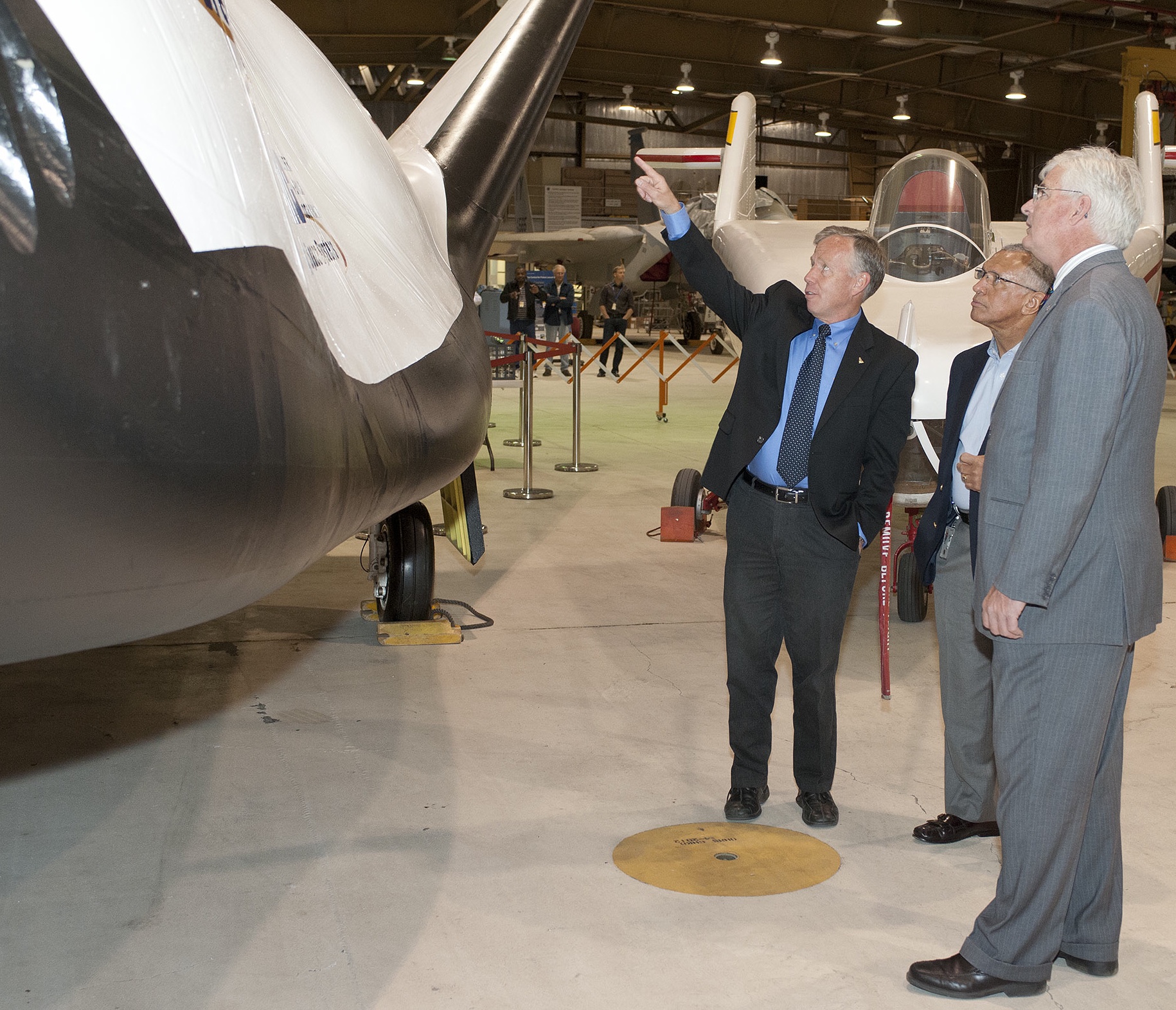
He considers his work on flight safety to be among his most important contributions.
“Flight safety and preparation was always important to X-31 flights, and I was a part of the flight readiness reviews on the X-38,” he said. “I also was the chairman on the flight readiness reviews for the hypersonic X-43A. Chairing reviews for two X-planes was super cool.”
He also noted the work to take the NASA 747 Stratospheric Observatory for Infrared Astronomy to flight and the science data teams have achieved. That, and the science airplanes the center operates to fly unique missions around the world, are possible because of the center’s safety culture.
Stoliker received the NASA Exceptional Service Medal in 1999 for his contributions to flight control system development.
“Getting recognized by my peers was very satisfying,” he recalled. “I received that award when I was chief of the Controls and Dynamics branch. We were doing groundbreaking work and transitioning it to flight.”
He also earned the NASA Outstanding Leadership Medal in 2009 for exemplary leadership and personal involvement in directly influencing the sustainment of NASA’s flight research capabilities and competencies.
He received a second NASA Exceptional Service Medal in 2016 acknowledging his leadership and contributions to the safe and effective management of the center.
As he prepares for his retirement, he knows the center has a bright future.
“We have built a dedicated and diverse leadership team,” he said. “It makes leaving easy knowing that I am leaving the center in very, very, capable hands.”
In deciding to retire, one element was hard, Stoliker said.
“I told someone after a 45-year career including co-op and industry, the decision to move on was easy,” he said. “The decision to leave the people, that was hard.”

























